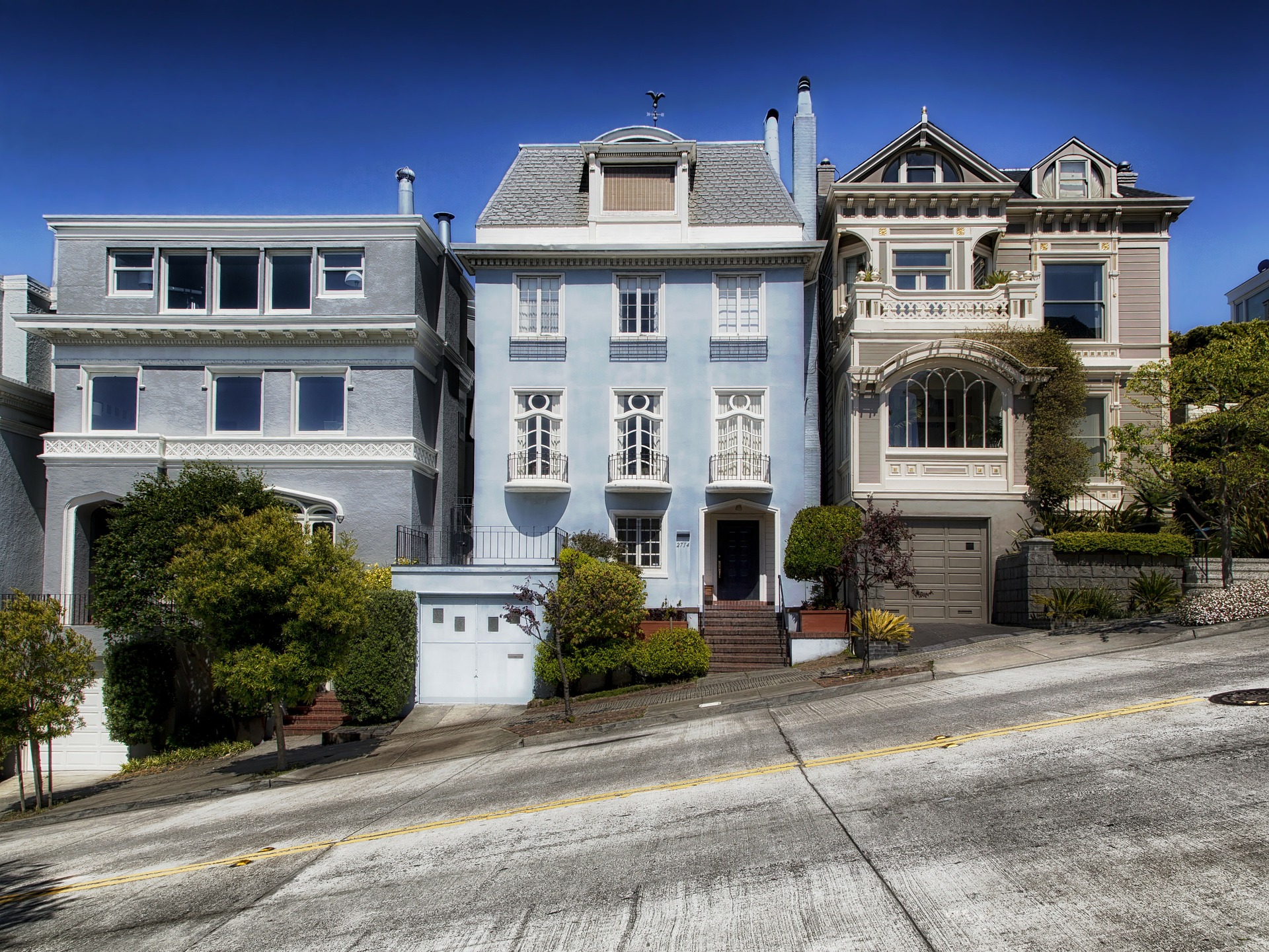By Jen Kinney.
While Bay Area residents may have strong opinions about housing development, they often lack information about what exactly goes into a luxury condo tower or apartment high-rise. Now a new online tool from Terner Center for Housing Innovation at UC Berkeley allows everyone from residents to legislators to see how different local conditions and government policies impact the cost of housing development across the Bay Area, and to zoom in for detailed analysis of four cities, reports the San Francisco Business Times.
The Housing Development Dashboard, which went live last week, consists of two calculators. The first, the development calculator, shows how factors like affordable housing requirements, local rents and density limits affect the cost of development in the Bay Area, using those factors to predict the likelihood that a project will actually be built. The second calculator, the policy gauge, takes a closer look at how changes in certain government and market factors could impact housing development in San Francisco, Oakland, Menlo Park and Pleasanton.
When it comes to determining how likely it is that a project will be built, the dashboard breaks down the factors influencing new development into three categories: market factors, local government factors and other. Local rents are a market factor, as is landowners’ willingness to sell. In this model, the latter is calculated using the difference between what a developer is willing to pay for a piece of land and a landowner’s perception of its value based on what they’re seeing in the market. Target return, a measure of how likely investors are to get involved in a real estate project based on risk, is also a market factor.
[divider] [/divider]





